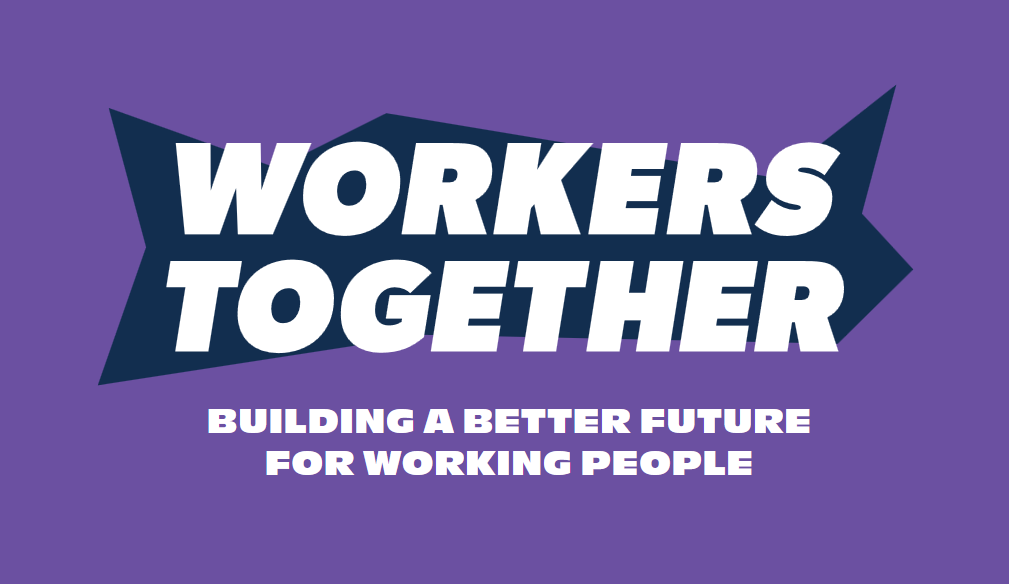Last month, the Canadian Union of Public Employees (CUPE), through its Ontario School Board Council of Unions, released a truly shocking report on the impacts of wage suppression in Ontario’s public education system. According to “Education Workers’ Wages In Ontario: The Impact Of Ten Years Of Cuts,” over the past decade education workers’ wages have gone up by only 8.8 per cent while inflation has risen by at least 19 per cent. This amounts to at least an 10.2 per cent real wage cut.
CUPE members hold a variety of jobs in public education — virtually every position, short of teachers and management. Many CUPE members, such as educational assistants, provide vital support to children with special needs. Others include early childhood educators, custodians and maintenance staff, librarians and administrative staff, along with various more vital support personnel. As the report summarizes: “In short, schools would not be able to function without CUPE education workers, who make for a safe, clean, fully supported education system.” Many of these jobs are overwhelmingly held by women, who are therefore the primary targets of public sector wage restraint.
Yet essential education workers have been treated as though they’re disposable by successive Liberal and Progressive Conservative provincial governments in Ontario. CUPE members in the education sector were earning an average annual salary of $38,000 when they collectively bargained a new contract in 2019. After three years of legislative wage suppression, that salary average has barely grown, and now sits at just more than $39,000. Only about 3 per cent of CUPE education members earn $60,000 per year or more.
As CUPE’s study demonstrates, there has been a coordinated attack on education workers by both Liberal and Conservative provincial governments, as well as school board trustees. The study’s authors note: “A decade of legislatively imposed wage restrictions and harsh bargaining positions taken by the government and school board trustees have meant that education workers’ wages have not kept up with inflation and have fallen below the trends set for private sector unions and other public sector unions.”
Liberal and Conservative governments have both imposed their own versions of wage suppression laws since 2012, infringing on the right of education workers and their union representatives to freely bargain and imposing regressive (inflation-adjusted) pay cuts. In 2012, the Liberals’ Bill 115 froze workers’ wages for two years, while Doug Ford’s Conservatives’ Bill 124 of 2019 limited salary increases to 1 per cent per year for three years. The erosion of education workers’ standards of living is the compounded effect of these repressive laws. Unsurprisingly, education workers’ wage growth has fallen beyond that observed in every other unionized sector in the province.
Legislative interventions to undermine union rights and restrain wages are, fundamentally, a form of austerity. For example, CUPE finds that repressing education workers’ wages has saved governments in Ontario almost $1.3 billion over the past decade. According to their calculations, education workers’ incomes would have been, on average, $4,085 higher last year if wage increases had kept up with the cost of living. Governments have quite literally taken more than a billion dollars out of the pockets of education workers.
This is public sector austerity, plain and simple. Education is a labour-intensive sector. Indeed, labour costs represent nearly 80 per cent of total education spending in Ontario. Yet, at the same time, CUPE education members’ wages account for only around 11 per cent of total spending. When governments direct the knife of austerity at public education, it’s primarily the wages of education workers that get slashed.
CUPE’s report also draws from a large survey of more than 16,500 union members, roughly 30 per cent of total members in the education sector. These survey results provide an illuminating, if dispiriting, look at the impacts of wage restraint on workers and their families. Nearly half of members reported that they struggled to pay monthly bills, while almost 70 per cent indicated that they have stopped putting money aside as savings. All told, more than 91 per cent of respondents said they faced at least one of the financial difficulties about which the survey asked. Respondents also reported experiencing various problems related to stress and poor mental health because of financial difficulties. These are the human costs of austerity and wage restraint.
Wage suppression hasn’t only been bad for workers; it’s also been a disaster for the quality of public education as a whole.
School boards across the province now face staffing shortages and retention issues due to the cumulative impact of wage suppression and the attendant economic uncertainty it has generated for education workers. According to CUPE’s study, 77 per cent of school boards were experiencing recruitment and retention problems as of 2021. These festering staffing shortages only grew worse during the pandemic, as student needs increased and teachers and other support workers struggled to balance work and home life.
Since returning to class, COVID-19 infections have created additional challenges, as the use of sick days has grown amid a lack of available casual and supply staff. Moreover, demand for student mental health support has skyrocketed, with no attendant response from cash-strapped school boards to hire adequate personnel to address this need. Many schools throughout Ontario are without enough social workers, school psychologists, counselors and other student support staff.
Meanwhile, more than half of CUPE members in education report working a second job in order to make ends meet. For sole income-earners, the figure is nearly two-thirds. Roughly three-quarters of all these workers are women. Low wages disincentivize new workers from entering educational professions, while simultaneously making it difficult for workers who stay to earn an adequate living.
Beyond harming the quality of public education and making life difficult for education workers, baking in wage stagnation through regressive public sector labour relations like these exacerbates income inequality more broadly. As the Economic Policy Institute in the United States has demonstrated, there’s a strong relationship between union bargaining strength and income equality. The weaker unions become, the more income ends up in the hands of the top 10 per cent of earners. The attacks on education workers and unions in Ontario are a case study in this process.
Yet there’s nothing inevitable about any of this. As the report concludes, “It is not that as a society we cannot afford to raise workers’ wages. Instead, it was political choices by successive governments that did this.” It’s up to labour and public education advocates to turn the tide and ensure that union members in education are paid like the essential workers they are.







